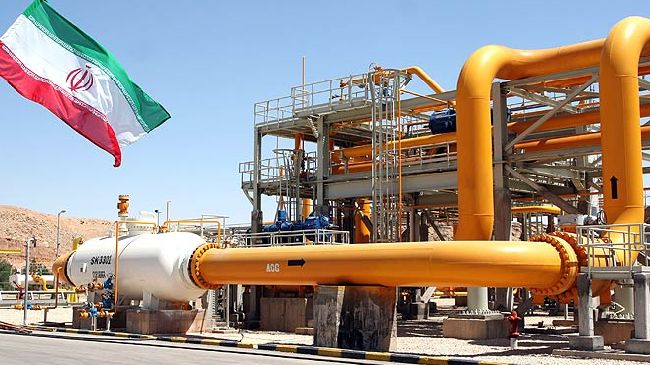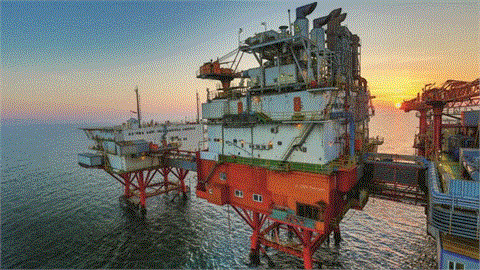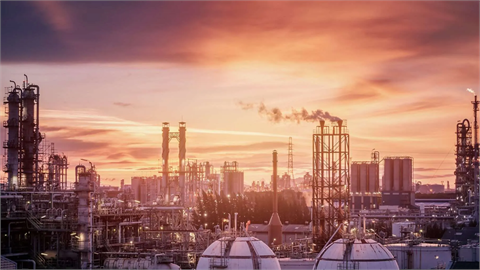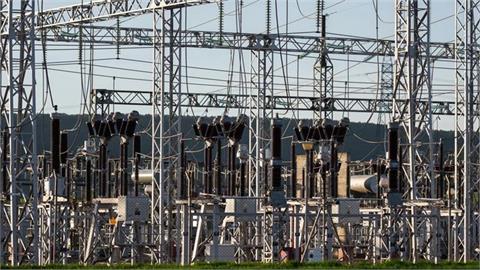by Kostis Geropoulos* Countries in Eastern Europe and Central Asia need to open their doors more to the European market, a report from the International Energy Agency (IEA) in Paris showed. The IEA noted that a more liberalised energy sector in Eastern Europe and Central Asia is necessary for regional energy security
Countries in Eastern Europe and Central Asia need to open their doors more to the European market, a report from the International Energy Agency (IEA) in Paris showed. The IEA noted that a more liberalised energy sector in Eastern Europe and Central Asia is necessary for regional energy security.
The IEA published a476-page reporton the region’s energy sector, stating that, while countries like Azerbaijan and Kazakhstan are emerging as oil and gas powerhouses, their reserves are under rigid and mostly government control.
"The EU’s energy security increasingly depends on the production in and safe transit of energy goods through our neighboring countries,” European Director of Energy Policy Mechthild Worsdorfer said in a statement on April 13. "In the long term intra- and inter-regional energy interconnections [oil, gas and electricity] can help overcome political tensions and create solidarity,” he added.
The IEA’s report calls on energy-rich countries in the region to enact sector reforms that ensure transparency and sustainability. Diversity, meanwhile, should come from interconnections with neighboring markets.
"Isolation and rigid thinking are not in the region’s long-term best interest,” IEA Executive Director Maria van der Hoeven said.
The Southern Gas Corridor
Part of the EU Southern Gas Corridor, the Trans-Anatolian Pipeline (TANAP) and the Trans Adriatic Pipeline (TAP) are expected to carry Caspian gas to Europe reducing the EU’s dependence on Russia.
Alexander Kornilov, a senior oil and gas analyst at Moscow’sAlfa Bank, toldNew Europe on April 15 that the most reliable option for gas supplies to Europe bypassing Russia would be from Azerbaijan. "The pipeline is already being run through Turkey, then through the Balkans up to Italy. That project looks viable but this is I guess the only opportunity which is currently viable in the current economic circumstances,” Kornilov said.
Meanwhile, Iranian Foreign Minister Javad Zarif said on April 13 in Kazakhstan’s capital Astana that the Islamic republic can serve as a reliable and steady partner for the European community in terms of natural gas needs. "Iran, on par with Russia, enjoys all the (needed) resources to provide gas to Europe,” he said.
Iran has aborder with Turkey andwith Azerbaijan, with whom Iran has already had talks about energy cooperation, onthe western side ofthe Caspian.
Iran wantsto send gas to Europe
Iran anticipates that a possible lifting of sanctions during the summer could help Tehran capitalise on its European market ambitions. Iran is pegging energy advancements on its oil and gas from the South Pars natural gas field. South Pars accounts for about 35% of the total volume of gas produced from Iran.
Iran’s gas resources are impressive. According tothe BP review, thecountry has theworld’s largest proven gas reserves at33.8 trillion cubic metres. Russia’s reserves are marginally lower at31.3 trillion cubic metres.
But because ofthe lack ofaccess totechnology andinvestment, Iran has actually been anet importer ofgas fromneighboring Turkmenistan formany years; last year, imports totaled just above 10 billion cubic metres.
Iran in the past said its gas would be a necessary component of thenow-shelved Nabucco gas pipeline slated for European markets. That pipeline would’ve carried natural gas from Azerbaijan’s massive Shah Deniz field. A rival BP-led project from offshore Azerbaijan, part of a network dubbed the Southern Corridor, is now moving forward.
Regarding Iran, Kornilov toldNew Europe the key difficulty would be the issue of the legal regime of the Caspian Sea, which has remained unsolved due to the lack of agreement among the littoral states (Azerbaijan, Russia, Kazakhstan, Turkmenistan and Iran) to reach a suitable solution. "That has been an obstacle for Iranian gas to flow to Europe for many years and I don’t really think any chances that this particular issue will be resolved in the next 5-10 years,” Kornilov said. "This is also the reason why Turkmen gas does not flow to Europe,” he said.
However, Kornilov said there could be an opportunity for an onshore pipeline going from Iran to Turkey but that could upset Ankara’s relations with Russia and Azerbaijan. "It would lead to the need to discuss it with other partners, including Azerbaijan and Russia, and apparently those two partners wouldn’t be happy to have another competitor coming through Turkey to Europe,” he said.
Meanwhile, the Alfa Bank oil and gas analyst argued that Kazakhstan and Uzbekistan are too far from Europe to make gas deliveries from Central Asia economically viable for European customers.
He added that Turkmenistan is already quite committed to China in terms of future volumes. Kazakhstan and Uzbekistan are also targeting China as their key market. "So I understand the willingness of the European to reduce their dependence on Russian gas but I guess the only viable opportunity would be Azerbaijan so far,” Kornilov argued.
However, he noted that in the future there could be some deliveries to Europe coming from developing offshore fields in the Mediterranean Sea. "This will also take time. But the willingness of those operators to sell their gas to Europe will depend on the pricing of the Asian Pacific regions,” Kornilov said.
*Energy & Russian Affairs Editor of "New Europe" newspaper
http://www.neurope.eu/article/eu-central-asia-iran-mull-energy-connections/




